How Do You Say What Are You Doing in Filipino
Basic Tagalog phrases to navigate the PH
While Filipinos are known as some of the most fluent speakers of English in the world, getting to know basic phrases of the main local language Tagalog is an exciting experience in itself for visitors. After all, Tagalog is such a rich language with ties to other countries, so even though some of its words and phrases sound similar to Spanish, Sanskrit, or Bahasa Indonesia, it is still a language distinct from them all.
Beyond just "Mabuhay!" ("Hello!"), familiarize yourself with these basic Filipino phrases that should come handy when getting around the Philippines.
Essential phrases in Tagalog
Here are the important phrases such as greetings that are useful to know in any language you learn – including Tagalog.
1. "Magandang umaga, magandang hapon, magandang gabi" ("Good morning, good afternoon, good evening")

Sunset over Metro Manila
Image credit: Andrey Andreyev
As you check in in your hotel or approach locals on the streets to ask a question, a basic greeting in their tongue such as "magandang umaga" (good morning), "magandang hapon" (good afternoon), and "magandang gabi" (good evening) should put a smile on their faces. They'll be able to tell that you took the extra effort to learn Tagalog counterpart of these universal greetings, after all.
"Maganda(ng)" actually means "beautiful" in Tagalog, but locals have been using the word in their greetings to mean "good". Because for Filipinos, a good day is a beautiful day too.
2. "Kamusta ka?" (How are you?)
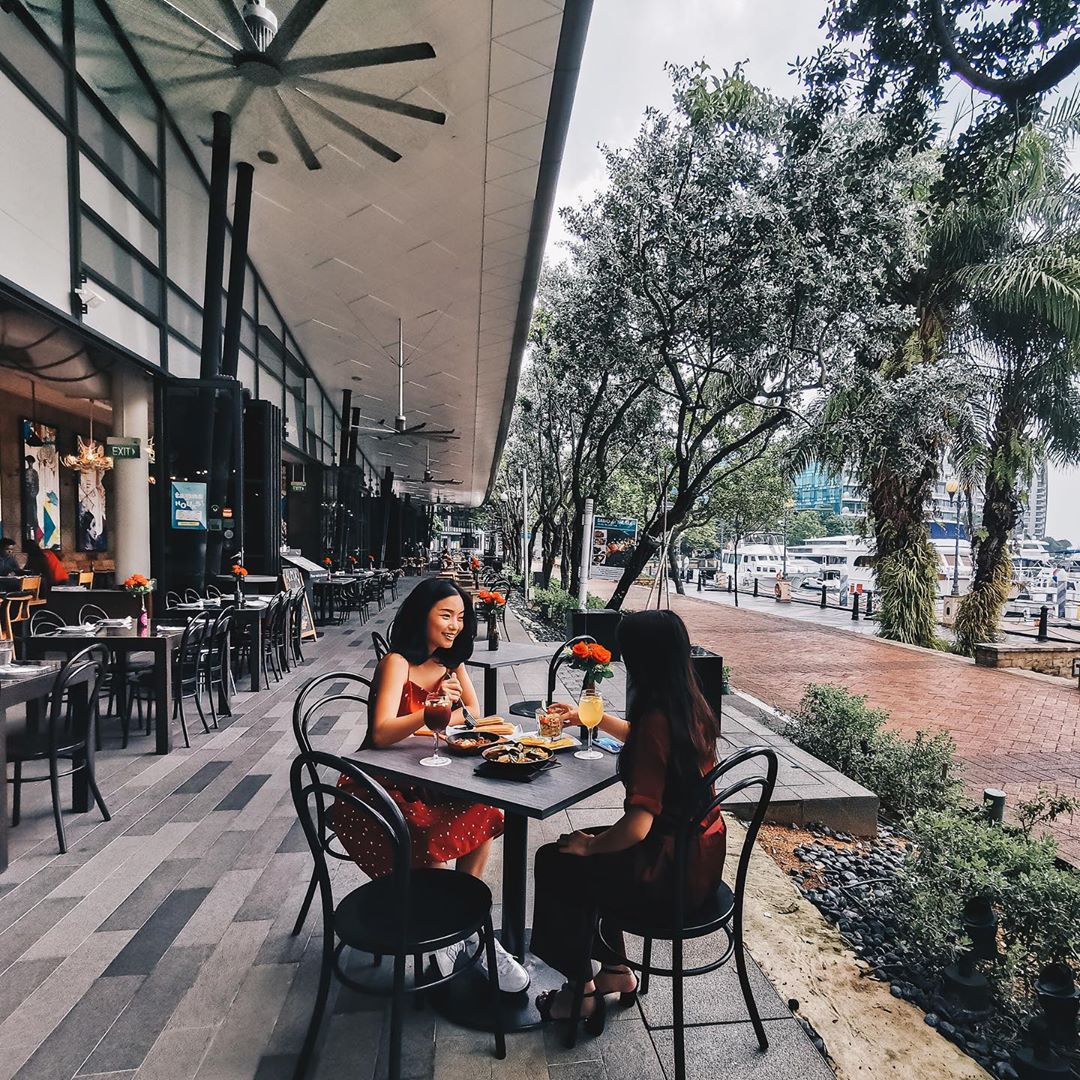
Image credit: @thesmartlocalsg
"Kamusta ka?" should sound familiar to Spanish speakers, because this is the Tagalog counterpart to the Spanish "¿Cómo está?" which also means "How are you?".
This is one of the most basic Tagalog phrases you'll encounter that resembles Spanish. The more you explore the Philippines, the more you'll notice Spanish words or phrases adapted into the vernacular, due in part to Spain's colonization of the Philippines for hundreds of years.
3. "Salamat" (Thank you)

Image credit: @flypal
"Salamat," which means "thank you", should come in handy in any situation in the Philippines. Use it during a quick chat with the locals, in your rides around the country, or when eating out with friends.
The word sounds a lot like Bahasa Indonesia's "selamat" – showing how the Tagalog language is similar to that of our neighbor, Indonesia. But while the two words sound similar, they differ in meanings. Bahasa Indonesia's "selamat" has the meaning of "congratulations."
4. "Oo, hindi" (Yes, no)
 Image credit: Pexels
Image credit: Pexels
Locals love to break the ice by asking you about your nationality. So when someone asks you, " Are you Chinese? Korean? British? " flex your Tagalog skills by answering "Oo" (yes) or "Hindi" (no).
"Oo" is pronounced as "oh-oh", while "hindi" is pronounced "hin-DI" , rhyming with "me", with the stress put in "di."
5. "P'wede po magtanong?" (May I ask a question?)

Image credit: Pikrepo
In case you find yourself lost in the grid-like streets of Intramuros, feel free to pose a question to any sidecar or a tricycle driver you chance upon. Say "p'wede po magtanong?" ("May I ask a question?") before you ask them for directions, and they will for sure happily engage with your question.
It's best to ask these local street drivers as they will know every nook and corner of the area you find yourself lost in.
6. "Ingat" (Take care)
Say "ingat," meaning "take care," when you have to part ways with someone who's travelling to another place without you.
This word is usually said alongside the more formal-sounding "paalam" (goodbye).
7. "Paalam" (Goodbye)
 Image credit: Addie Pobre
Image credit: Addie Pobre
When the time comes that you have to bid goodbye to the local receptionist whom you've have become familiar with for a few days or weeks, to your local tour guide who's been teaching you the city's best-kept secrets, say "Paalam" (meaning "Goodbye") to let them know you're leaving.
8. "Po" (an article to add politeness to any sentence)
 Image credit: Pexels
Image credit: Pexels
"Po" is a Tagalog article used in the middle or at the end of most sentences to show respect. Add this article when you're talking to elders or authorities.
You can also use it when talking to anyone regardless of age, when you just want to sound as courteous as possible.
Transportation phrases in Tagalog
Traffic in Philippine cities, including Manila, can be overwhelming for newbies. Here're some phrases that'll help you get around more easily.
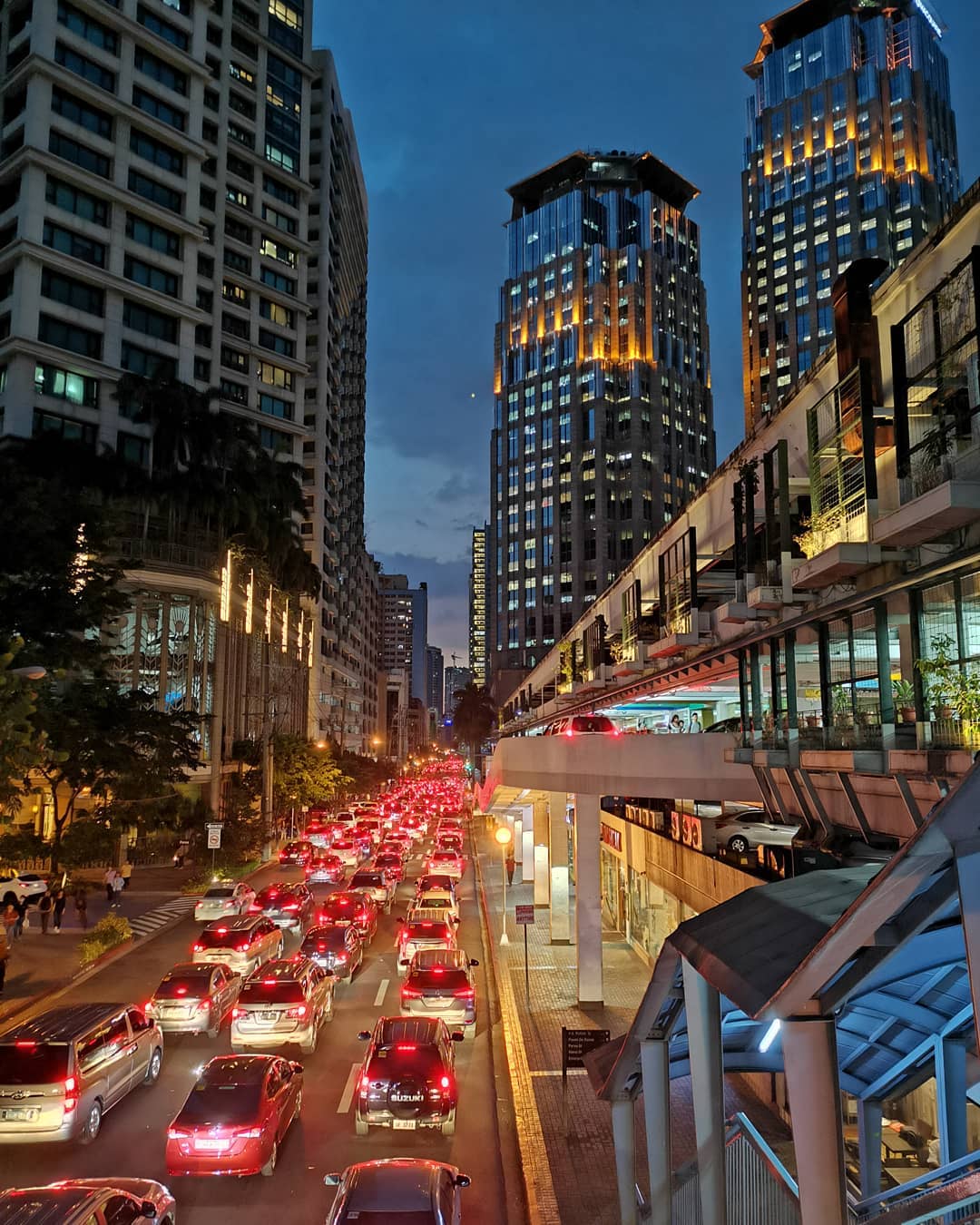
Image credit: @ajmflores
The modes of transportation used in the Philippines are jeepneys, trains, buses, and taxis. You'll need to communicate with your driver or fellow passengers from time to time, so be sure to know these basic phrases that will keep your rides less of a hassle.
But before we delve into each commuting scenario, pick up these general directional phrases first.
9. "Paano pumunta sa [location]?" (How do I get to [location]?)

How did they get up there?
Image credit: Aela Mataverde
Sometimes, only locals know shortcuts that beat any online map in helping you reach your destination. It doesn't hurt to sometimes just ask a local you stumble upon, "Paano pumunta sa [location]?" in Tagalog, which means "How do I get to [location]"
Remember to say "Salamat" to thank them for saving your precious travel time and pointing you in the right direction.
10. "Kaliwa" and "kanan" ("left" and "right")
 Image credit: Unsplash
Image credit: Unsplash
" Kaliwa ka sa [landmark], tapos kanan ka sa [landmark]." (Turn left at [landmark], then turn right at [landmark]) is a common reply from locals when you ask them for directions – listen out for the words kaliwa, which means left in Filipino, and while kanan , which means right. So be sure to familiarize yourself with these basic words that will make your itinerary more smooth-sailing.
11. "Papunta ba to sa [Makati]" (Is this the way to [location]?)

Image credit: @vincremen
You could get by with just Google Maps when navigating to your destination, but sometimes we just need to be absolutely sure we're going in the right direction by asking a local. Trust your gut and ask away – Filipinos, after all, are known to be hospitable. "Papunta ba to sa [location]? " or "Is this the way to [location]?" will get you on the right track to your next tourist destination.
Riding the jeepney

Image credit: @loiteringacrossthearchipel
Your visit to the Philippines wouldn't be complete without riding jeepneys, a colorful sight on the country's national roads. They are unique to the Philippines and have become more than just a vehicle used by Filipinos in their day-to-day lives – jeepneys also revealthe country's post-World War II history when creative locals fashioned this vehicle out of US military jeeps that were no longer in use.
Here's what to say before you board a jeepney, during your ride, and as you prepare to alight at your stop.
12. "Pakiabot po ng bayad." ("Please pass my payment to the driver.")
Jeepney seats are arranged in long rows to accommodate as many passengers as possible. So locals who find themselves in the middle or at the far ends of the seats typically make their payments by asking someone nearer to the driver to help pass their payment to him.
Say "Pakiabot po ng bayad" ("Please pass my payment to the driver") when handing over your fare – following etiquette that local jeepney-riders have developed over the years.
Make sure to prepare enough small change and pay using your coins or smallest bills, as the driver doesn't just drive, but he also receives payment and gives out change unless he has an assistant with him to do this extra work. Paying him in exact change will save his time and help him better focus on the road.
13. "'Yung sukli po sa [total payment]?" (May I have my change out of P___?) ?)

Image credit: @pixelallen
As drivers are preoccupied with a lot of tasks at the same time – driving, receiving payments, and handing out change – sometimes it takes him a while to hand over your change. Be extra patient, but feel free to remind him if you haven't received your change yet.
If he owes you change after you paid him 20 pesos, holler ay "'Yung sukli po sa [20 pesos]?" ("May I have my change out of 20 pesos?") in the driver's direction so he can hear you loud and clear.
14. "Para po." (This is my stop.)
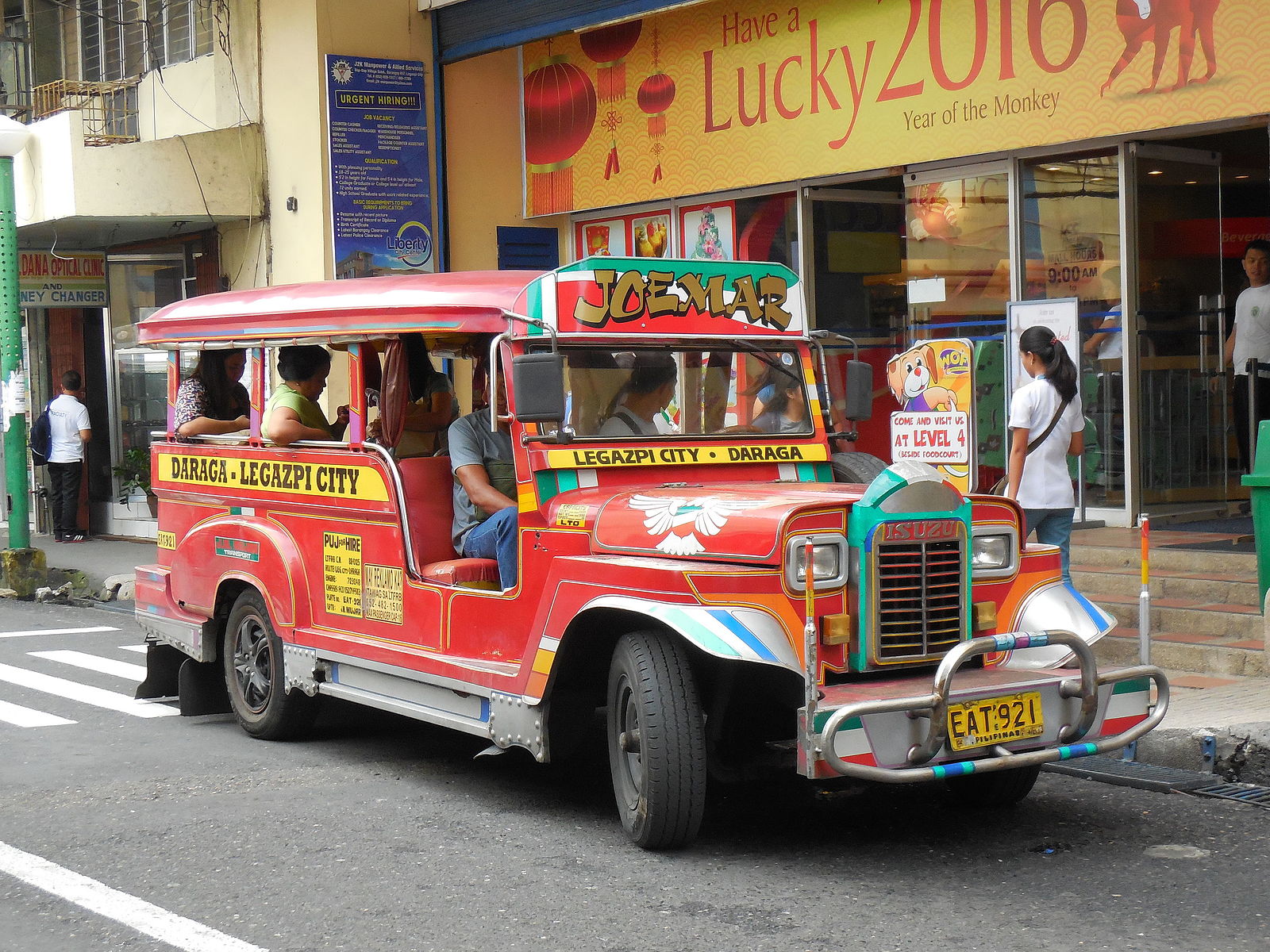 Image credit: Wikimedia Commons
Image credit: Wikimedia Commons
When getting off to your stop, you say "para po" to the driver to remind him that your destination has been reached. Sometimes, drivers are left to stop in the middle of the road, so just be quick when disembarking from your ride.
Riding the trains (MRT or LRT)

Image credit: @thegreatderick
There are three train lines to take note when going about Metro Manila: the MRT-3, which stretches along Epifanio de los Santos Avenue, the capital's main thoroughfare, the LRT-1 from Baclaran to Roosevelt Station, and the LRT-2 from Recto to Santolan Station. Refer to this map to figure out where you want to go before tapping in.
15. "Pabili po ng ticket papunta sa [Quezon Ave]" (I want to buy a ticket from here to Quezon Ave Station)

A single journey ticket for Metro Manila's MRT-3 line
Image credit: @thisway2lionel
Train stations in Metro Manila are equipped with ticket vending machines, but in case you have difficulty figuring out how the machines work, you can always choose to head to the cashier's booth. Ask the cashier "Pabili po ng ticket papunta sa [______Station]" or "I want to buy a ticket from here to ____ Station"– this should come useful when buying a single journey ticket.
If you plan to visit many stops around Metro Manila, or are staying for a couple of days, we recommend a Beep Card which you can top up with any amount you want.
Riding the bus and taxi
16. "Saan po 'yung taxi stand?" (Where is the taxi stand?)
You're bound to come across a taxi stand when going about public places, especially malls, in Metro Manila. They are mostly and identifiable with clear signs, but for visitors, it may not be too easy to locate these spots.
Approach a local and ask, by saying "Saan po 'yung taxi stand?" (Where is the taxi stand?)
17. "Pakihatid po ako sa_________." (Please take me to ___________.)
 Image credit: Wikipedia
Image credit: Wikipedia
Taxi drivers in the metro understand English, but sometimes there's fun in speaking to them in Tagalog. Catch them by surprise while telling them where you'd like to go by saying "Pakihatid po ako sa_____" ("Please take me to ______") and he will most likely smile and wonder to himself how a foreigner like you can speak Tagalog effortlessly.
18. "Saan po 'yung terminal ng bus papunta sa _____?" ("May I know where the bus terminal with the bus to _____ is?")

Image adapted from: @sabanallendg
The major bus terminals in Metro Manila are located in Cubao, Quezon City. If you are very close to the bus terminal but just need a little extra help getting there, just ask a friendly local "Saan po 'yung terminal ng bus?" ("Where is the bus terminal located?") and they will most likely direct you to Cubao.
When you reach the bus terminal and need to travel to far-flung towns/ cities/ areas, look for private bus services such as Victory Liner, Partas, and Genesis Joybus with ticket booths open 24/7.
At the market – shopping phrases in Tagalog

Image credit: @cadotoledo
Malls in Metro Manila are worth the visit, and some are even attractions in themselves. But there's a different thrill in the markets. You can find more local products here, ranging from food to handcrafts, plus you can also bargain over the prices, unlike in malls.
Below are three phrases that should help you shop like a local.
19. "Magkano?" (How much?)

Image credit: Pexels
You'll want to grab the chance of buying as many local products as you can while in your local market. Fishes, sweets, and locally-made bags – that's barely skimming the surface of what you can find here. As you get lost among the throngs of products and find something you like, ask "Magkano?" ("How much?") to ask for the price of the item you're considering buying.
20. "Ang mahal naman! Wala na bang tawad?" (This is expensive! Can you give me a cheaper price?)
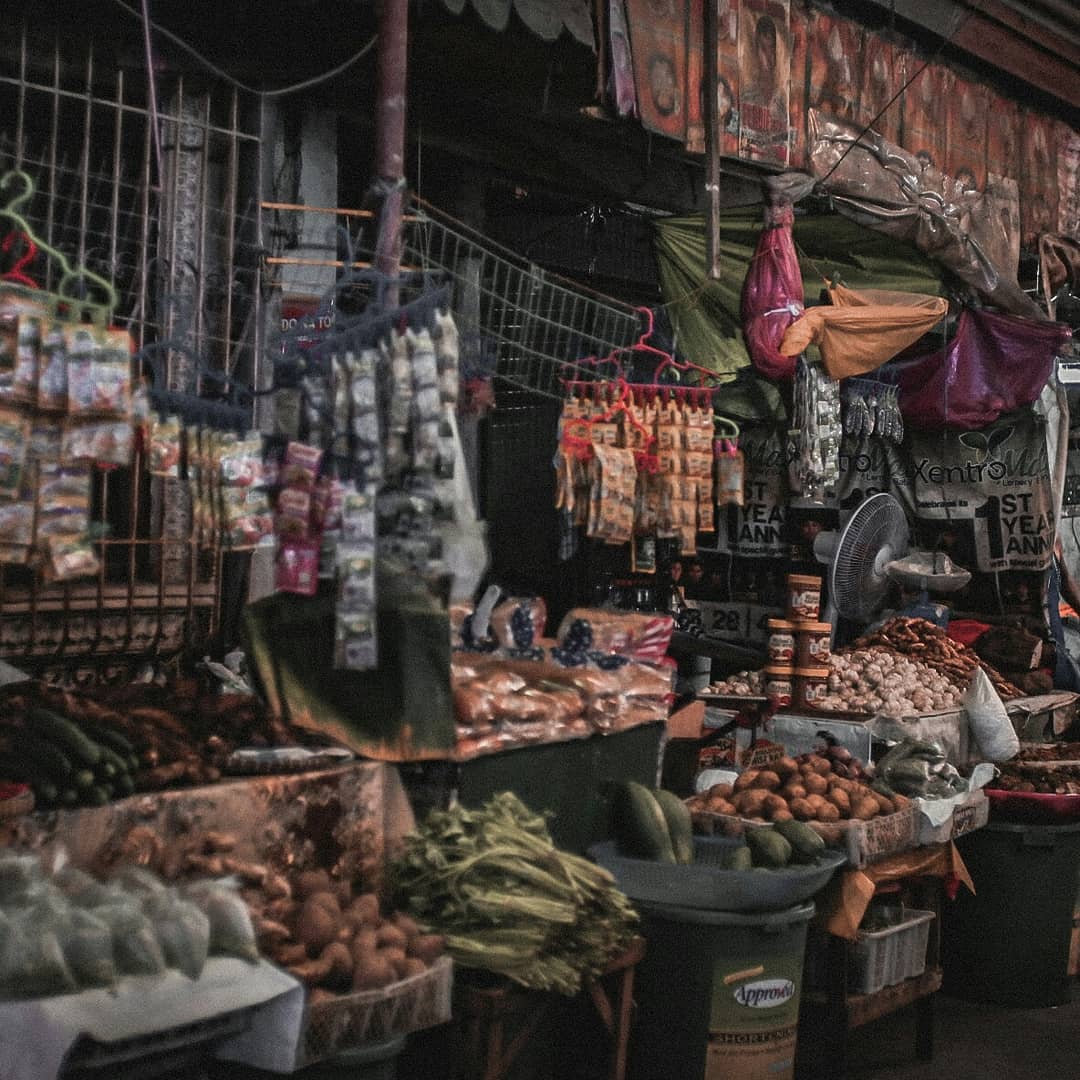
Image credit: @cadotoledo
To start your bargaining adventure in markets and bazaars, charm your way to the market vendor by saying "Ang
mahal naman! Wala na bang tawad?" ("Can you give me a cheaper price?") Just be sure to buy as much as you can from him, so he'll be happy to lower the total price for you.
21. "Isa, dalawa, tatlo, singkwenta, isang daan" (1, 2, 3, 50, 100)

Image credit: @kristelanne93
You're not going to learn numbers in Tagalog all at once, but it helps to get yourself familiar with basic numbers and common prices. To get you started, isa is one, dalawa is two, and tatlo is three. A pack of sweets usually costs P50 on average – that's limampung piso in Tagalog. You can get a milk tea at P100 on average – or isang daang piso .
Easy Tagalog phrases to explore the PH like a pro
We've put these phrases into two downloadable infographics that you can bring with you on your next trip to the Philippines.
Basic Tagalog phrases:
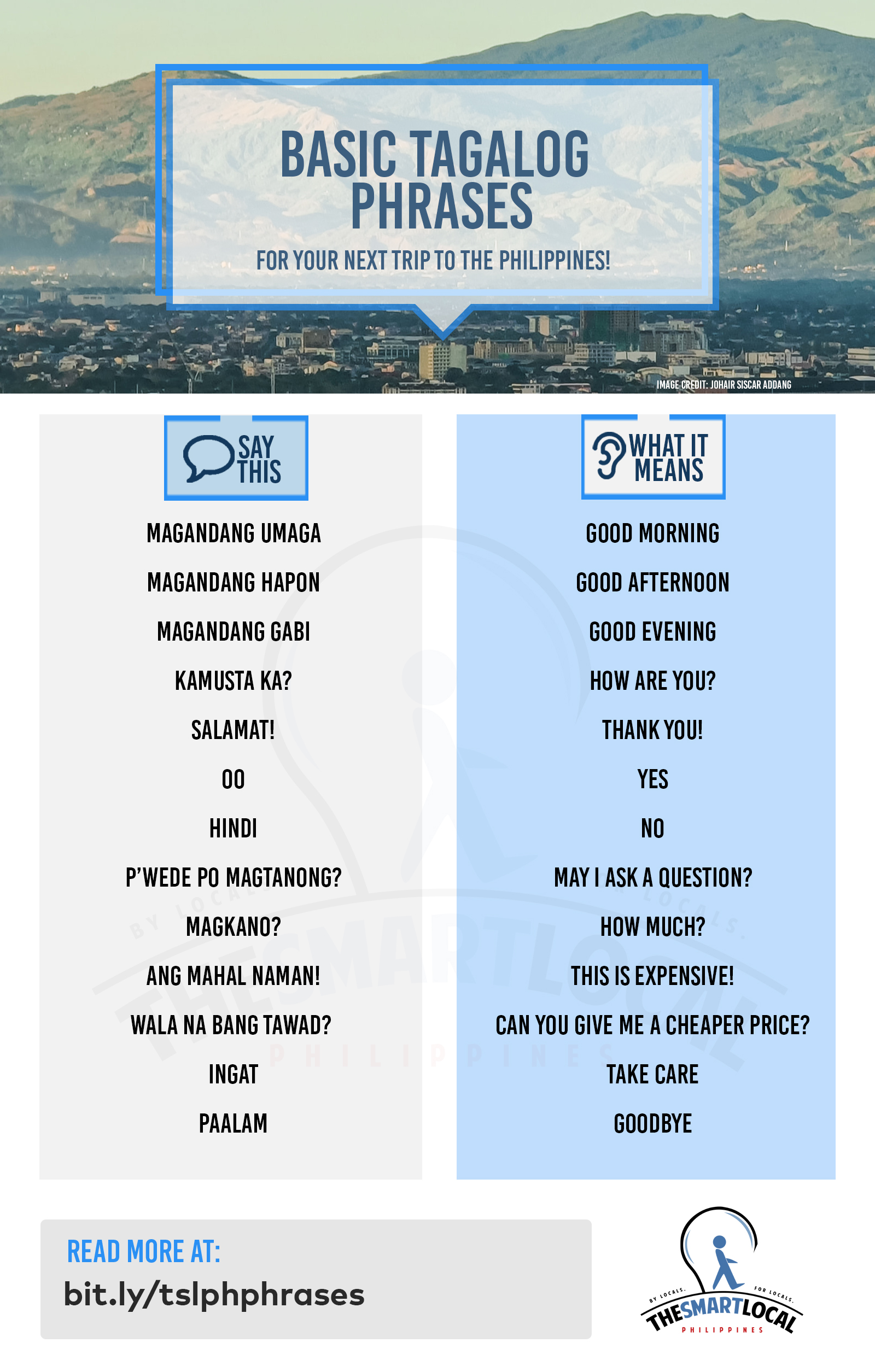
Tagalog travel phrases:
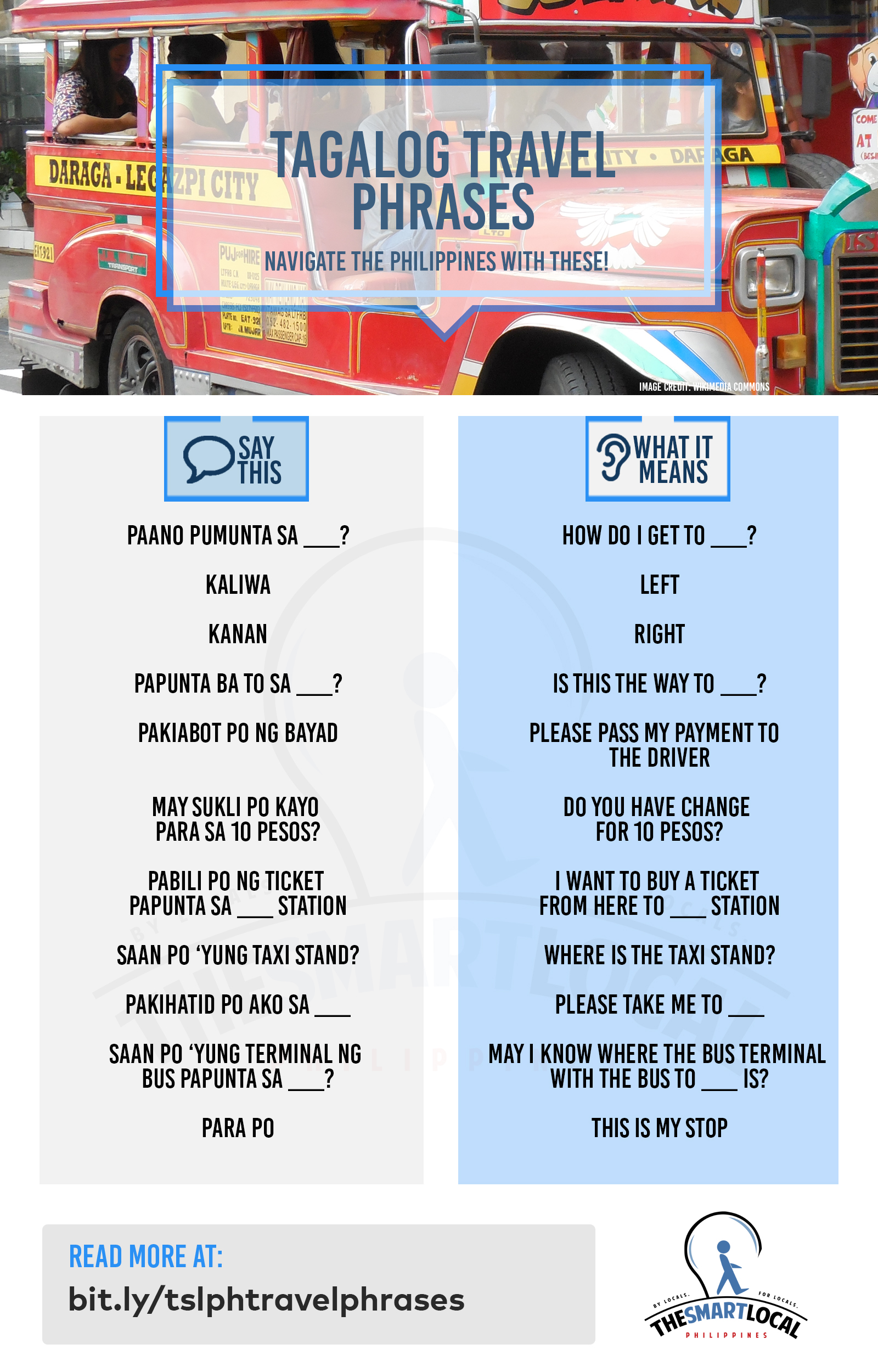
As you explore the Philippines, it helps to have basic knowledge of common Tagalog phrases. Not only will it make your trip easier, but you'll also get the opportunity to speak the rich language. And who knows, you might gain a new Filipino friend or two.
Also check out:
- 14 basic Filipino food phrases
- 20 Tagalog slang phrases
- 8 old buildings in the Philippines
- 10 themed Makati bars
- Metro Manila online flower shops with delivery
Cover image adapted from: @shon52047
Follow The Smart Local Philippines on Facebook, Twitter, Instagram and Telegram for more stories like this. If you have a story to share, email us at pressph@thesmartlocal.com.
How Do You Say What Are You Doing in Filipino
Source: https://thesmartlocal.com/philippines/basic-filipino-phrases/